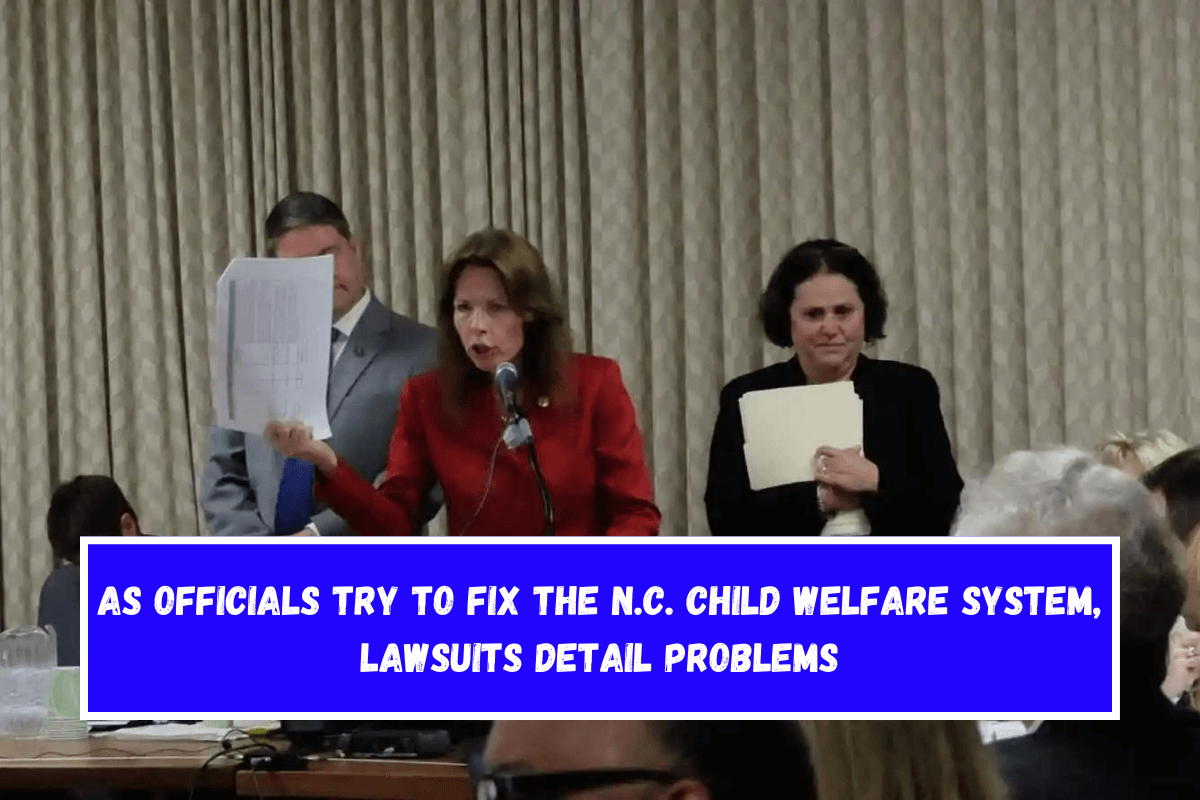“A lot of policymakers are worried about this issue, but kids are still suffering,” said Corye Dunn, who is in charge of public policy for Disability Rights North Carolina.
By Jennifer Fernandez, Rose Hoban and Taylor Knopf
During one year, a teenage boy was moved 18 times, with some stays lasting only one or two days.
A 7-year-old girl was sexually abused while she was alone with a 17-year-old boy at a Department of Social Services building.
A young girl was basically left alone in an emergency room for nine months.
For at least three years, a 14-year-old Lumbee boy lived in a psychiatric residential treatment center. He said he was bullied and was afraid there.
Lawsuits were just recently made against some counties and the state of North Carolina, saying that the state is failing children, especially disabled children, who end up in the child welfare system. These cases and others make for tough reading.
It is argued in the lawsuits that North Carolina is breaking the federal Americans with Disabilities Act by letting these conditions get worse and worse. This act makes it illegal to discriminate against people with disabilities, including kids with mental health problems.
The state is also breaking the 1999 Olmstead ruling of the U.S. Supreme Court, which upheld the Americans with Disabilities Act and said that disabled people have the right to be fully included in society and their communities.
There are still problems with the system, even after lawsuits and new rules.
“This issue has been studied in depth.” “The problem has been known about for a long time,” said Corye Dunn, head of public policy for Disability Rights North Carolina. The group sued the state in 2017 and 2022. “This is a problem that many policymakers are worried about, but kids are still being hurt.”
“No simple fix”
Advocates, lawmakers, and state officials all say that North Carolina has been trying to make the system better. In an email to NC Health News on Friday, staff from the state Department of Health and Human Services said that these efforts include everything from adding more foster care beds so kids don’t have to go to emergency rooms or the offices of county Departments of Social Services to making sure that new employees get better training.
“There’s no easy fix,” said Karen McLeod, who runs Benchmarks, a charity umbrella group that supports service providers for kids and families.
She said, “There are a lot of things that need to be lifted and looked at as a whole in order to move this system to a different place where we don’t have the crisis you see now.”
Along with being one of only nine states in the country with a state-supervised child welfare system, North Carolina is in this tough spot because child welfare work is done by groups in each of the state’s 100 counties. She said that North Carolina’s budget is the worst of the nine states in question.
“Our foster care system has a lot of problems and will continue to have a lot of problems because it is very underfunded,” McLeod said.
And the things that wealthy counties can offer are very different from what their poorer nearby counties can offer.
“For example, if you train a social worker in a poor county but can’t pay them nearly as much as the next-door rich county, then you are basically just a place to train and promote workers who then go somewhere else once they have some skills,” she said. “This turnover is always going on.”
McLeod said that the county social workers who are left behind get too busy and tired.
“That’s a lot of stress for those workers because they have all these cases and know how important their work is, but they just don’t have the time or energy to deal with all the parts of each case,” she said.















Leave a Reply